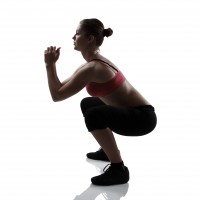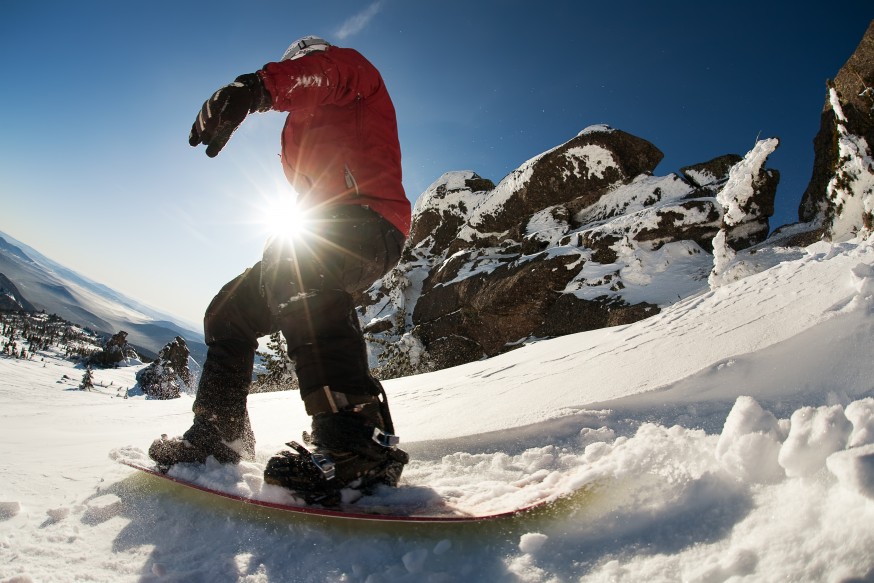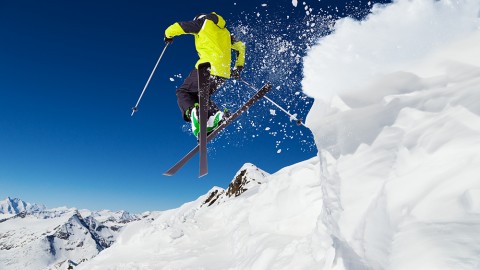Did you know that January is Learn to Ski and Snowboard month? Whether you are a novice or a veteran, the Therapydia team wants to help you get out there and enjoy the beautiful snow and slopes without experiencing an untimely snowboarding injury that might cut your season short.
Ouch, that hurt
Although seasoned snowboarders may perform tricks and ride faster, novice snowboarders are the ones most frequently injured. However both groups can have an injury-free season by protecting their wrists, ankles and heads.
- Wrist: Falling has been shown as the primary cause of injuries with jumps coming in second. Due to the physical setup of snowboarding – where your feet are strapped to a single board – typical falling injuries occur to the wrists, shoulders, elbows, head and face. Wrists are the leading injured region with ankle and knee following close behind. Wrist injuries typically occur during falls where someone either is traveling out of control or even when someone is waiting to get off or on a lift. Wearing wrist braces have proven to most effective to prevent wrist injuries. But if you choose not to wear due to style or personal preference, falling with closed fists can also help prevent wrist injuries.
- Ankle: One of the top injuries to the lower extremities is “snowboarder’s ankle”. Studies show these ankle injuries typically occur when wearing soft boots and mechanically occur during a forced dorsiflexion with inversion – PT speak that means when your ankle collapses from your knee falling outwards and your big toe coming upwards. With proper ankle mobility and shock absorption strength in your ankle, knees and hips, these injuries can be prevented.
Here are two exercises that we recommend to not only get your ankles ready for snowboarding but they are great functional mobility exercises for your hips and knees:
1) Deep air squat and hold the bottom position.

- Once in the bottom position of a squat, perform 10 clockwise rotations shifting your weight from the left foot towards the right foot making sure to keep both feet planted on the ground.
- Repeat counterclockwise 10 more repetitions.
- Tip: The bigger the circle the more range of motion you are encouraging through your ankle joints.
2) Reciprocal deep hip flexor stretch in a lunge position.

- Lunge forward with your left leg ensuring that your knee does not travel forward past your foot.
- Drop your right leg down to the ground extended behind you.
- To encourage the deep stretch attempt to place your left elbow down to the ground on the inside of the left foot. Hold for 3-5 seconds.
- Repeat on the right side same setup. Complete 10 repetitions on each leg.
- Tip: This is a great warmup for your hips, knees and ankle joints.
- Head: This is no brainer; falling at high speeds can lead to head contusions, or worse, brain damage. Wearing a helmet decreases the forces placed upon the head and brain by 40-50%. Protect your noggin and wear a helmet.
Bonus tips for first-time snowboarders
Now that you know ways to protect yourself from common snowboarding injuries, below are additional pointers to keep in mind while you’re up on the slopes.
- Know your equipment: If you are renting equipment, make sure you try everything on and don’t be afraid to go back to the rental shop if your boots, bindings, and board don’t feel right. If you are not renting, make sure to check your equipment before you jump on the lifts. Helmet, goggles, gloves, braces, etc.
- Take a lesson: We encourage novice snowboarders to take a lesson not only to learn the basic movements and safety but also to test yourself on the physical demands that snowboarding places on your body. If you are not a novice but haven’t been snowboarding for a couple years, we also recommend a refresher course just to wake up those muscles and get you back into the swing of boarding again.
- Understand your surroundings: If you are new to the mountain definitely get a map and know where you are going to be up on the slopes. We recommend first-time boarders to go up with a friend and to have an action plan just in case you get separated. Be cautious of other people while going down the slope. Often times accidents occur due to someone else being out of control and you not seeing them.
Check out these ski resort learn-to-ski deals and call us at Therapydia to see how you can properly prepare your body to prevent snowboarding injuries and have the most fun while up on the slopes!


